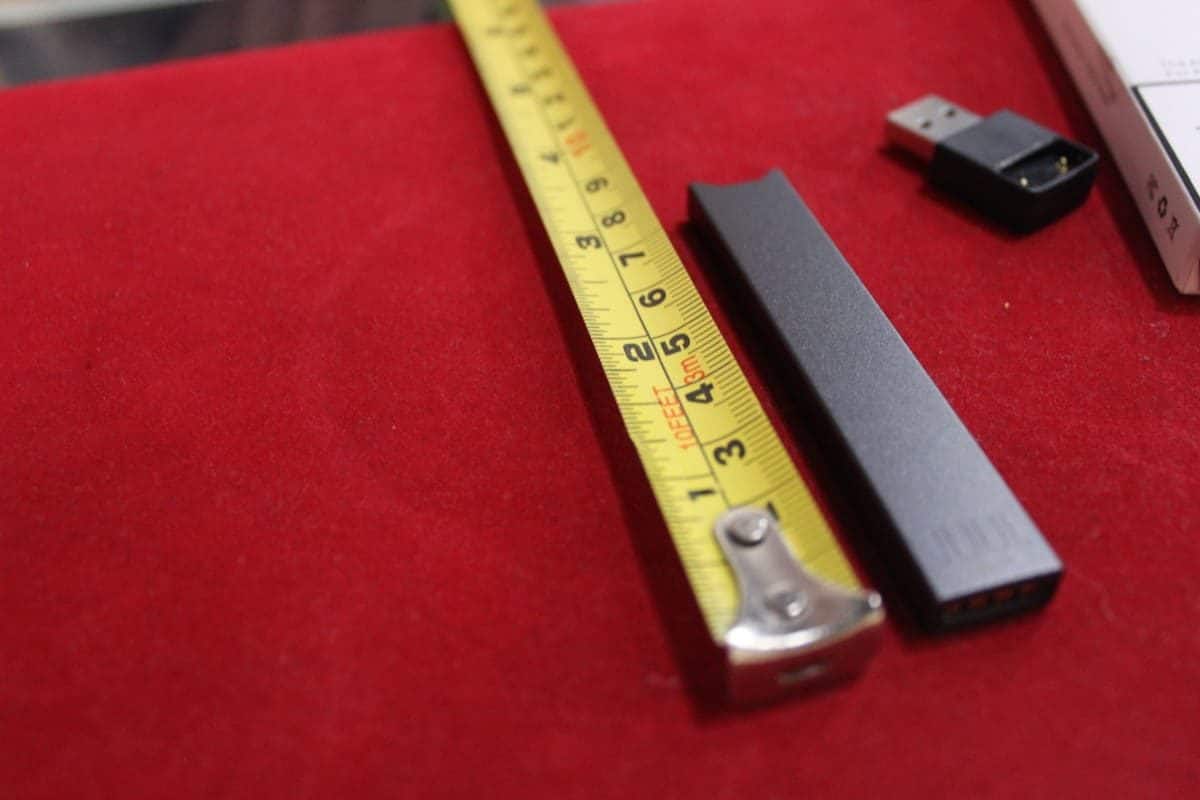

A letter to the editor featured in the New England Journal of Medicine made national headlines on Monday. Titled Adolescent Vaping and Nicotine Use in 2017–2018 — U.S. National Estimates, the correspondence shared estimates of the increase in adolescent vape (e-cigarette) use in the country based on a survey of over 13,800 teen students.
Authors wrote, “In 2017, vaping was the most common use of any tobacco-like product among adolescents. This is a rapid rise from a near-zero prevalence of vaping in 2011.”
Based on survey responses, the authors estimated that 1.3 million more adolescents vaped in 2018 than in 2017. This is similar to the number we reported last week in our series on student vaping, with the 2018 National Youth Tobacco Survey estimating that 1.5 million more teens vaped this year compared to last year.
The authors also wrote that increases in vaping “were similar in the combination measure of adolescents who reported vaping nicotine or ‘just flavoring’ (or both) — a measure that captures data regarding youths who may unknowingly vape nicotine.”
In our reporting, we found that nicotine is often the hook for youth to continue vaping, and that some students have reached a point where they don’t want to vape e-liquids that don’t contain nicotine. One student, who we called Chase, shares this insight, along with his description of what a student addicted to vaping looks like:
At his high school in Cumberland County, Chase said he often hears students asking each other about the percentage of nicotine in their vapes.
“They don’t want to hit it if it doesn’t have nicotine,” he explained.
He also said he knows what an addicted student looks like.
“I’ve seen people that are really addicted. They’ve been caught several times so they don’t have their own anymore,” Chase said. “And they’re shaking and asking constantly, ‘Do you have a Juul? Can I have a hit?’”
The survey authors also make note of the same vape brand that Chase did: Juul. “The rapid entry of new vaping devices on the market, the latest example of which is the Juul, will require continual updates and modification of strategies to keep adolescents from vaping and its associated negative health effects,” the authors wrote.
Juul Labs, the maker of Juul vapes, dominates the e-cigarette industry with nearly three-quarters of the market share. In one article in our series, we shared why their product might be particularly appealing to young people and how organizations like the FDA have taken notice:
Juul not only looks like a computer device, its magnetic USB charger snaps right in (see video above) and plugs into your laptop’s port. In case you need to know if it’s time for a charge, two taps of the device turn on LED lights to share the level of battery remaining. And if you’re at a party and you’ve got a Juul waving in your hand, the device knows, prompting its LED lights to flash in an array of colors.
David Pierce wrote of these functionalities in Wired when Juul was first released, saying of the lights, “That last one is completely pointless. But it’s fun.”
Through such design elements, the device can be easily concealed, and yet it is meant to be seen. This dichotomy has made Juul popular among one particular audience that has put the company in the news: middle and high school students. The Centers for Disease Control and Prevention (CDC) responded by releasing information on the health risks for young people vaping e-cigarettes, and the Food and Drug Administration (FDA) made headlines for its crackdown on Juul, calling out an “epidemic” of e-cig use among youth and announcing it is looking into Juul’s marketing practices to kids.
Also of note: when Juul hit the market, it did so with a much higher amount of nicotine than their fellow e-cig competitors. As we reported:
… when Juul pods came on the market, they carried twice the amount of nicotine than other e-liquids, at 5 percent nicotine. It’s estimated that one Juul pod has roughly the same amount of nicotine as one pack of cigarettes. Dre said his co-workers also estimated that there are 200 puffs in one pod, landing each puff at around .25 mg of nicotine.
In comparison, one competitor, Blu, sells pods ranging from 1.6 to 2.4 percent nicotine. And there has been a backlash to these high levels of nicotine — to which Juul Labs responded by releasing a 3 percent nicotine option made widely available in October.
Survey authors pointed out what this level of nicotine exposure among adolescents means — “Put in historical context, the absolute increases in the prevalence of nicotine vaping among 12th-graders and 10th-graders are the largest ever recorded by Monitoring the Future in the 44 years that it has continuously tracked dozens of substances,” they wrote.
In their concluding paragraph, the authors shared one reason for the sharp increase in rates of student vaping, stating, “These results indicate that the policies in place as of the 2017–2018 school year were not sufficient to stop the spread of nicotine vaping among adolescents.”
More than 1,400 North Carolina teachers that we surveyed agree. When we asked teachers, “Has your school administration informed teachers about how to handle the issue of student vaping on campus?” – 44 percent of them said no.
Similarly, when asked, “Has your school implemented any health education efforts to inform students about vaping?” – 57 percent of teachers said that their schools had not.
To read more from our recent series on student vaping, visit: https://www.ednc.org/category/juul/


